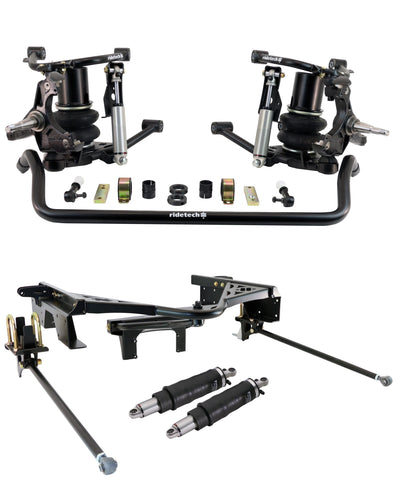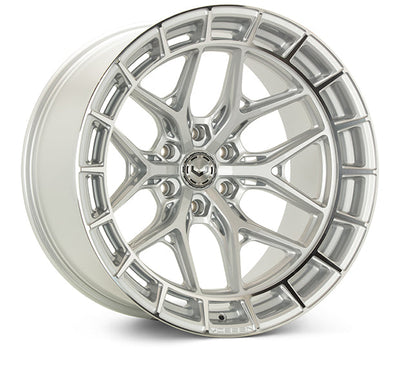What Is Caster and Camber? Effects Of Lowering A Vehicle
Lowering your vehicle can significantly enhance its appearance and performance. However, it also impacts the alignment angles, specifically caster and camber. Understanding these angles is crucial for maintaining optimal handling and tire wear. In this blog, we’ll explore what caster and camber are, how lowering a vehicle affects these angles, and why proper alignment is essential for your vehicle's performance.

What Is Caster?
Caster is the angle formed by the steering axis and the vertical axis when viewed from the side of the vehicle. It’s measured in degrees and can be positive or negative:
Positive Caster: The steering axis tilts toward the rear of the vehicle. This configuration enhances straight-line stability and provides better high-speed control.
Negative Caster: The steering axis tilts toward the front of the vehicle. Negative caster is rare in modern vehicles as it can lead to less stable handling.
Importance of Caster in Vehicle Dynamics
Caster affects the self-centering of the steering wheel and the vehicle’s stability at high speeds. Positive caster improves steering feel and ensures the wheels return to the straight-ahead position more easily after a turn. This alignment angle is crucial for maintaining control, especially in performance driving.
What Is Camber?
Camber is the angle of the wheels in relation to the vertical axis when viewed from the front of the vehicle. It can also be positive or negative:
Positive Camber: The top of the wheels tilts outward. This setting is uncommon as it reduces cornering performance.
Negative Camber: The top of the wheels tilts inward. Negative camber improves cornering grip by maximizing the tire contact patch during turns.
Importance of Camber in Vehicle Dynamics
Camber influences tire wear and cornering performance. Proper negative camber ensures the tire maintains optimal contact with the road during cornering, enhancing grip and stability. However, excessive negative camber can lead to uneven tire wear, particularly on the inner edges.
Effects of Lowering a Vehicle on Caster and Camber
Lowering a vehicle alters its suspension geometry, which can significantly impact caster and camber angles:
Caster Angle: Lowering usually has a minimal effect on caster angle. However, it’s essential to check and adjust it if necessary to maintain proper steering response and stability.
Camber Angle: Lowering a vehicle typically increases negative camber. While this can improve cornering performance, it can also cause uneven tire wear if not properly managed.
Adjusting Caster and Camber After Lowering
To ensure your lowered vehicle performs optimally and maintains even tire wear, it’s crucial to have a professional alignment done. Here’s what you need to consider:
Camber Adjustment: Use adjustable camber kits or camber plates to set the camber angle within the desired range. This will help balance performance and tire wear.
Caster Adjustment: While caster adjustments are less common, some vehicles may require adjustable control arms or caster/camber plates to fine-tune the angle.
Conclusion
Understanding caster and camber is essential for anyone looking to lower their vehicle. These alignment angles play a critical role in your vehicle's handling, stability, and tire wear. After lowering your car or truck, ensuring proper alignment will help you get the best performance and longevity out of your modifications.
For high-quality lowering kits and components, shop The Lowered Company. We offer a wide range of aftermarket solutions to help you achieve the perfect stance and performance. Visit us today to find the perfect lowering kit for your vehicle.









